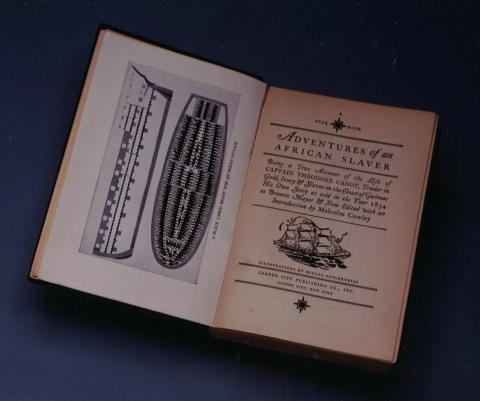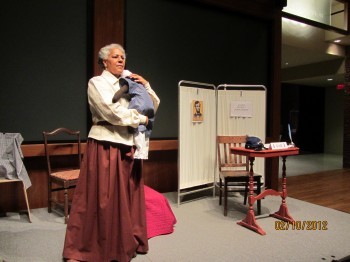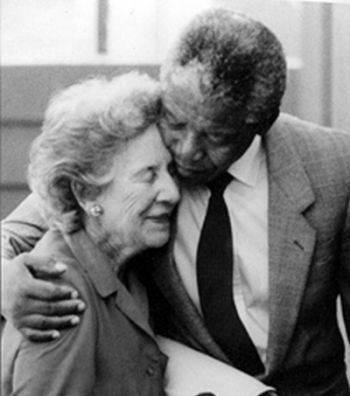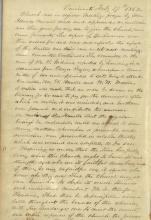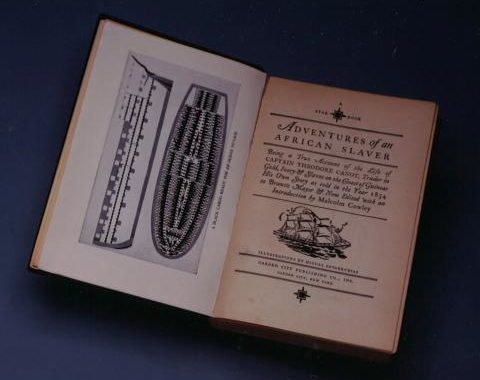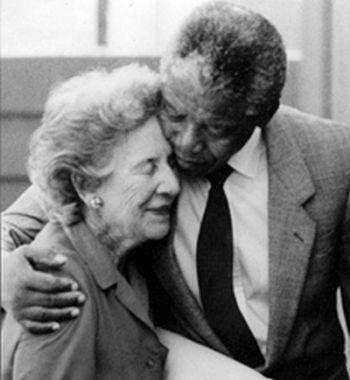As I mentioned last month, Fox Searchlight released its new film, “12 Years a Slave” last Friday night in theaters across America. Staff and friends of the Freedom Center were treated to a sneak preview in Cincinnati a week ago, and after finally seeing the film I can attest to its incredible value. Within our museum walls we discuss slavery every day – but it’s an entirely different thing to see the brutality and violence of this institution on screen. I cried and winced and looked away. It’s uncomfortable, unnerving, and horrible. Yet this film is so necessary – to every American certainly, but I daresay to all of humanity.
Solomon’s Story Isn’t Over
The film has a particular connection to our world today because slavery didn’t end with the Emancipation Proclamation or men like Solomon being freed. There are up 30 million people enslaved in the world today according to the recently released Global Slavery Index by our friends at Walk Free Foundation.
Men, women and children are no longer owned as property as they were in the American South. We call that form of enslavement “chattel slavery” or the legal ownership of a human being by another. The U.S. ended this form of enslavement in 1865, but the final country, Mauritania, to eliminate chattel slavery didn’t do so until 1981.
But there are still many forms of enslavement that persist throughout the world. Forced labor, domestic servitude, child labor, sexual enslavement and bonded labor can be found in hundreds of countries today. Then factor in child brides – girls given in marriage at ages as young as eight years old – and child soldiers, both of which we consider forms of enslavement because children are forced against their will to participate and cannot walk away.
The Global Slavery Index provides a ranking of 162 countries, reflecting a combined measure of three factors: estimated prevalence of modern slavery by population, a measure of child marriage, and a measure of human trafficking in and out of a country.
What About the United States?
The Global Slavery Index ranked Mauritania, Haiti, Pakistan and India as the countries with highest prevalence of modern slavery. Conversely, it ranked the countries with the lowest prevalence of modern slavery, and the United States didn’t even make the top ten. Modern slavery isn’t just a problem in other countries – it’s a problem here.
In 2011, more than 10,000 people called the U.S. based hotline from every single state to request emergency assistance, report a tip, find services for survivors, request more information and more. That’s a 64% increase from 2010 – a reflection of the growing awareness of trafficking.
And people enslave others in both labor trafficking and sex trafficking situations here in the U.S. Labor traffickers commonly force people to work in agriculture and farms, as domestic servants, in restaurants and food service, in peddling and begging rings, as hostesses and dancers in strip clubs, in factories, and in the hospitality industry. In the U.S., these forms of labor trafficking are much more common than people realize.
Sex trafficking in the U.S. occurs in fake massage businesses, residential brothels, strip clubs, escort services and truck stops. It’s often facilitated through the internet and street prostitution. Sex trafficking occurs when people – men and women – are forced or coerced into the commercial sex trade against their will. It includes any child involved in commercial sex.
Abolition Didn’t End With Emancipation
Slavery didn’t end with the Civil War, but neither did abolition. Check out some of our partner organizations who are leading projects across the world to stop enslavers and restoring survivors to lives of freedom.
Free the Slaves operates on the frontlines in six different countries, liberating slaves, helping survivors, and working for systemic solutions.
International Justice Mission has ongoing operations in 16 cities in Cambodia, the Philippines, Thailand, India, Kenya, Rwanda, Uganda, Zambia, Bolivia and Guatemala, and has Casework Alliance Partnerships in Ecuador and Peru.
Polaris Project works in the United States and is committed to combating human trafficking through the National Human Trafficking Resource Center, client services and policy advocacy.
Made in a Free World focuses on supply chains, showing consumers that today’s supply chains enslave more people than at any time in human history. “That smart phone. That t-shirt, computer, cup of coffee… That’s stuff we buy, and that’s stuff that comes from slaves.”
Have You Seen the Film, Yet?
Director Steve McQueen honored Solomon’s story by sticking largely to his original narrative. And the actors gave incredible performances that certainly merit an Academy Award.
I cannot encourage you enough to go and see it – and take friends and family. Start talking about the past, and share with others that this brutal treatment, this enslavement of human beings continues to occur today.
Read Solomon Northup’s Autobiography, Twelve Years a Slave
If you’re interested in reading Solomon’s memoir by the same name, I recommend Twelve Years a Slave – Enhanced Edition by Dr. Sue Eakin (available for Kindle, in audiobook, and in paperback). If you prefer listening to audiobooks, then you can download the book read by actor Louis Gossett, Jr. and use the promo code FREEDOM. When you purchase the audiobook at Downpour.com and use the code at checkout, we will receive a donation of 20% of your net sales price. Downpour.com is partially owned by the British Broadcasting Corporation (BBC). Use of the code will not impact the purchase price.
